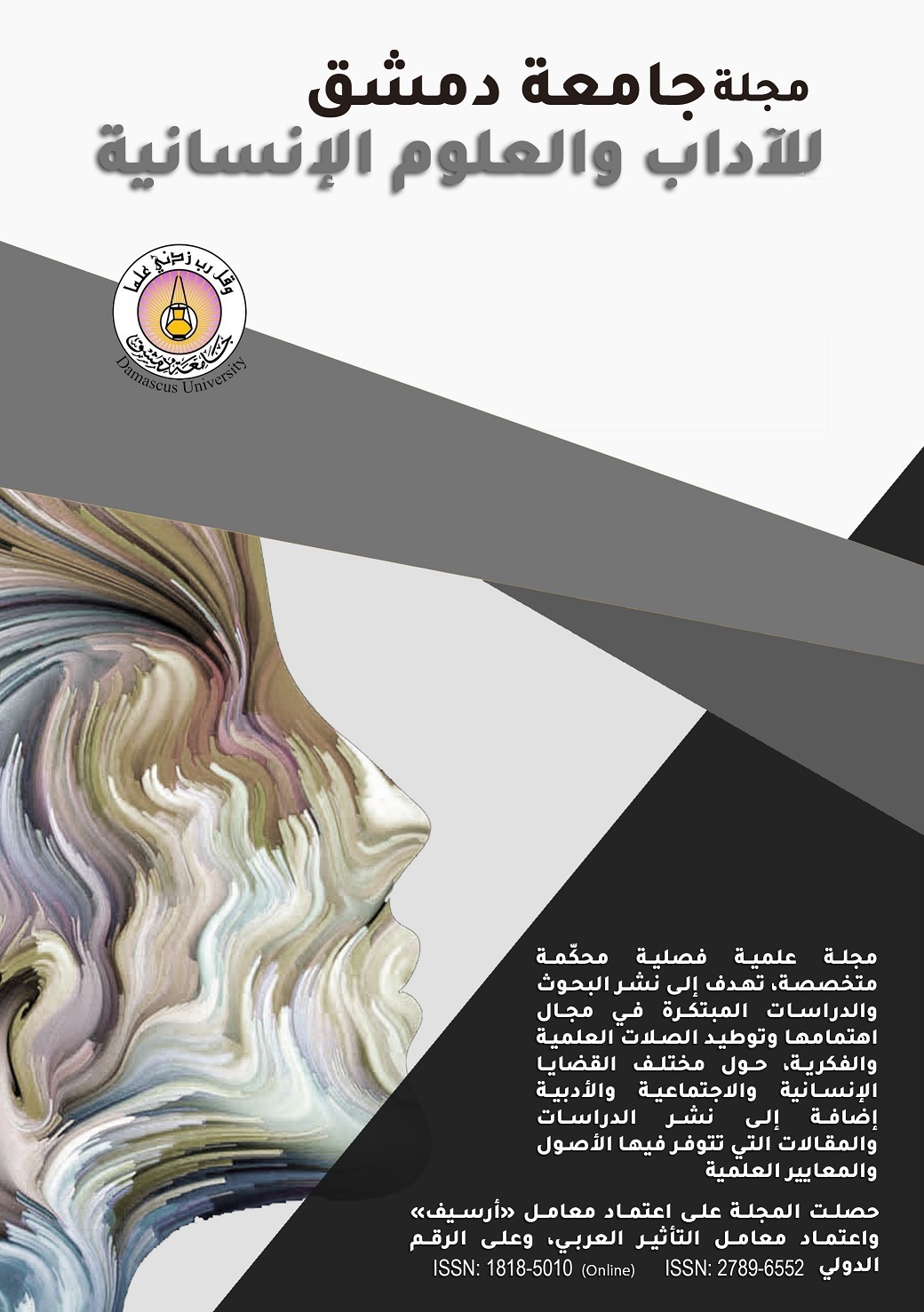Substitution in the Ugarit and the Sound of the Ḍād Letter A Comparative Study between Ugaritic and Classical Arabic The second part of the topic: Replacement in the Classical Arabic Dialects.
Keywords:
Substitution in the Ugarit and the Sound of the Ḍād Letter A Comparative Study between Ugaritic and Classical Arabic The second part of the topic: Replacement in the Classical Arabic Dialects.Abstract
In this part of the topic, the aim and objective were to study the substitution in the Ugaritic system, and the sound of Ḍād (ض) and its loss. Among the important points that appeared in the Ugarit dialect through the study of the restricted named substitution known as “Kashkasha”, “Annana”, and “Anana”, etc. The study also examined the restricted unnamed substitution through comparison between the Ugaritic dialects and he classical dialects, which was found out to be mostly identical. In addition, the presence and loss of the Ḍād sound was the backbone of the study as a whole, and this is called the substitution. It was found that the Ḍād in the Ugarit was not replaced by the letter Tsade (ص) only; it was rather substituted with other nine letters including ẓā̛ (ظ), tā̛ (ط), and dāl (د). The discussion also reached a conclusion that the letter “g” in the name "ugrt", in the context of substitution, should be pronounced with jim (ج) rather than ghain (غ) is it in adults or adults, within the context of the substitution itself, the pronunciation was clearly: Ugarit.

